




Resilience and record growth:
The SSAA Industry Snapshot 2021 explores the strong performance of the self storage sector.
 5%
5%
 2%
2%







The rate of new supply is significantly higher than historical levels, with more than 55 facilities set for completion in 2022 alone.
The pandemic has pushed development activity originally planned for 2021 into 2022, particularly in east coast markets.
A high proportion of new supply will be developed by established players, though the sector continues to attract new entrants.
The rate of new supply is significantly higher than historical levels, with more than 55 facilities set for completion in 2022 alone.
The pandemic has pushed development activity originally planned for 2021 into 2022, particularly in east coast markets.
A high proportion of new supply will be developed by established players, though the sector continues to attract new entrants.